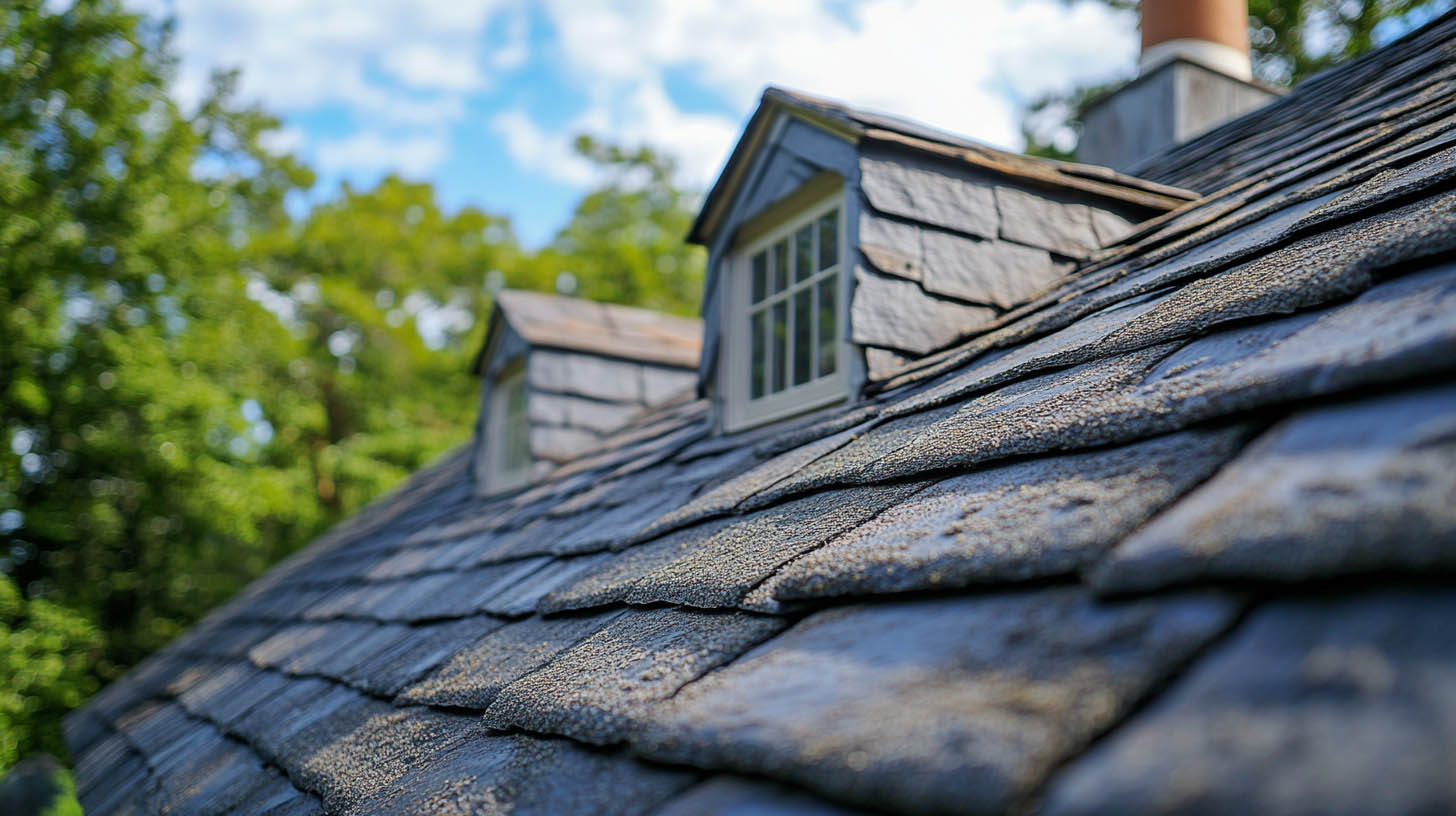When replacing a roof, one common question homeowners ask is whether they should also replace their attic insulation. While it’s possible to replace the roof without addressing the insulation, there are numerous benefits to doing both simultaneously. Champion Restoration and Construction offers insights into why you might consider replacing your insulation when getting a new roof. Champion Restoration and Construction provides detailed guidance to help you make an informed decision.
How to Know When Your Insulation Needs Replacing
Determining if your insulation is due for replacement involves assessing several factors:
Inconsistent Indoor Temperatures
If certain rooms in your home are never fully comfortable—always a bit too hot or cold compared to the rest of the house—it could indicate that your insulation is no longer effective.
High Energy Bills
Unusually high energy bills can signify that your heating or air conditioning system is working harder than necessary due to inadequate insulation. Old insulation can degrade, causing patchy spots where heat or cool air escapes.
Damp Insulation
If your attic insulation is damp, it might point to a leak or ventilation problem. Damp insulation loses its effectiveness and can lead to mold growth and structural decay.
Benefits of Replacing Insulation with Your Roof
Enhanced Energy Efficiency
Replacing insulation while replacing your roof can significantly improve your home’s energy efficiency. Proper insulation keeps conditioned air inside and prevents outdoor air from entering, reducing the load on your HVAC system and lowering energy costs.
Improved Comfort
New insulation ensures consistent indoor temperatures, enhancing the overall comfort of your home. Proper insulation helps maintain a stable environment, regardless of the weather outside.
Streamlined Project Scheduling
Combining roof and insulation replacement saves time and minimizes disruption. You’ll only need to schedule one project, reducing the inconvenience of having workers at your home for extended periods.
Easier for Roofing Crew
Replacing insulation alongside your roof simplifies the job for the roofing crew. They won’t have to worry about coming back for insulation work, making the project more efficient.
Opportunity to Identify Issues
Roofers can spot potential problems with your insulation while working on your roof. They can point out damaged areas and help you decide if replacing the insulation is necessary.
Types of Insulation
Batts Insulation
Batts insulation consists of thick, flat sheets usually made of cotton or fiberglass. It’s commonly used between wall studs and can form a barrier around the edges of your attic. However, it can leave gaps that allow indoor air to escape and requires specialized installation.
Blown Insulation
Blown insulation involves loose material blown into the attic using a machine. It’s easier to install and effectively insulates even hard-to-reach areas. Blown insulation ensures thorough coverage and minimizes air leaks.
Conclusion
While it’s not absolutely necessary to replace your insulation when you replace your roof, doing so offers significant benefits in terms of energy efficiency, comfort, and project convenience. If your insulation is old or damaged, replacing it alongside your roof can save time, money, and ensure a more comfortable home.
For more information on Three Strategies to Enhance Your Roof’s Energy Efficiency, click here.

